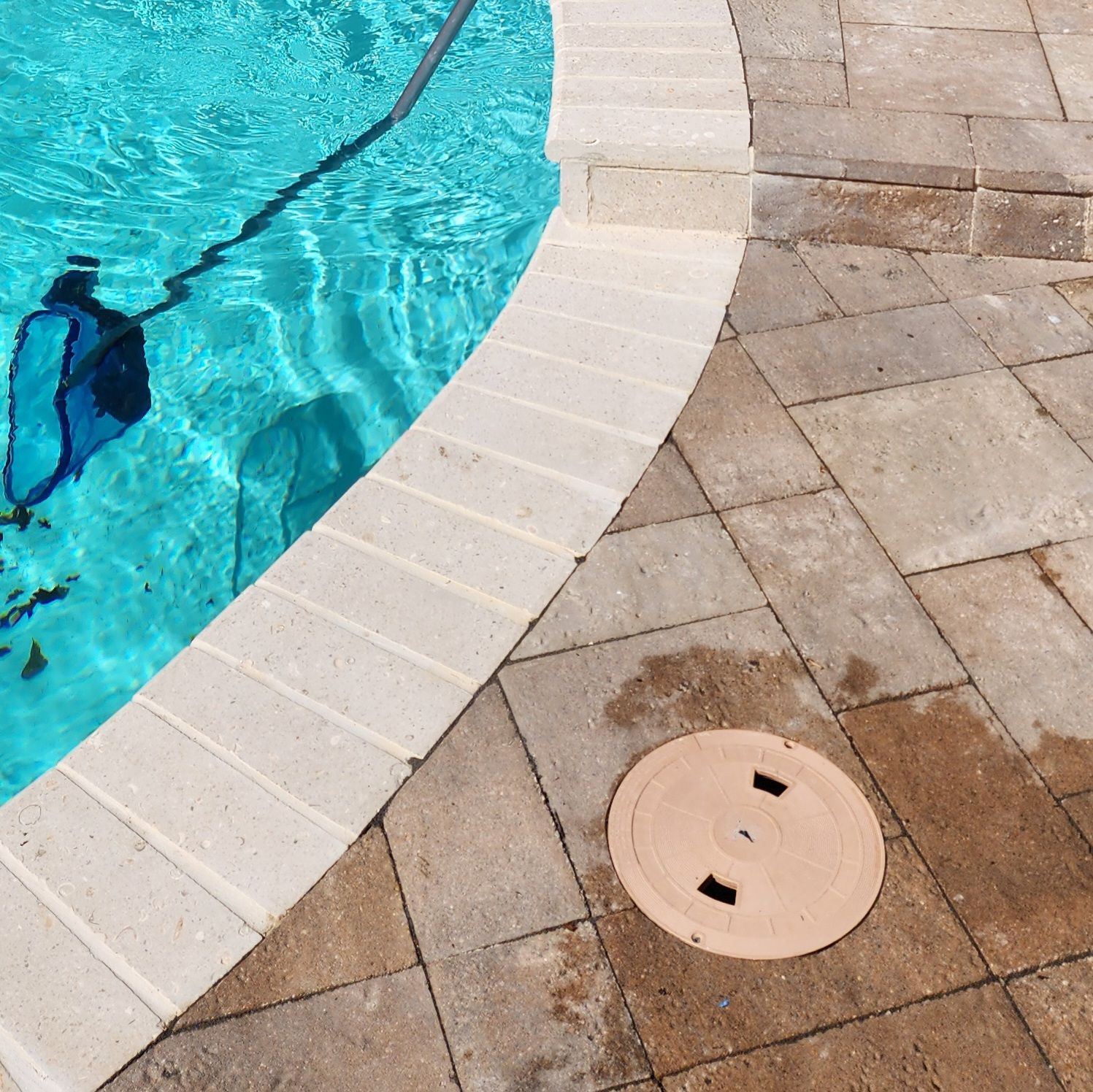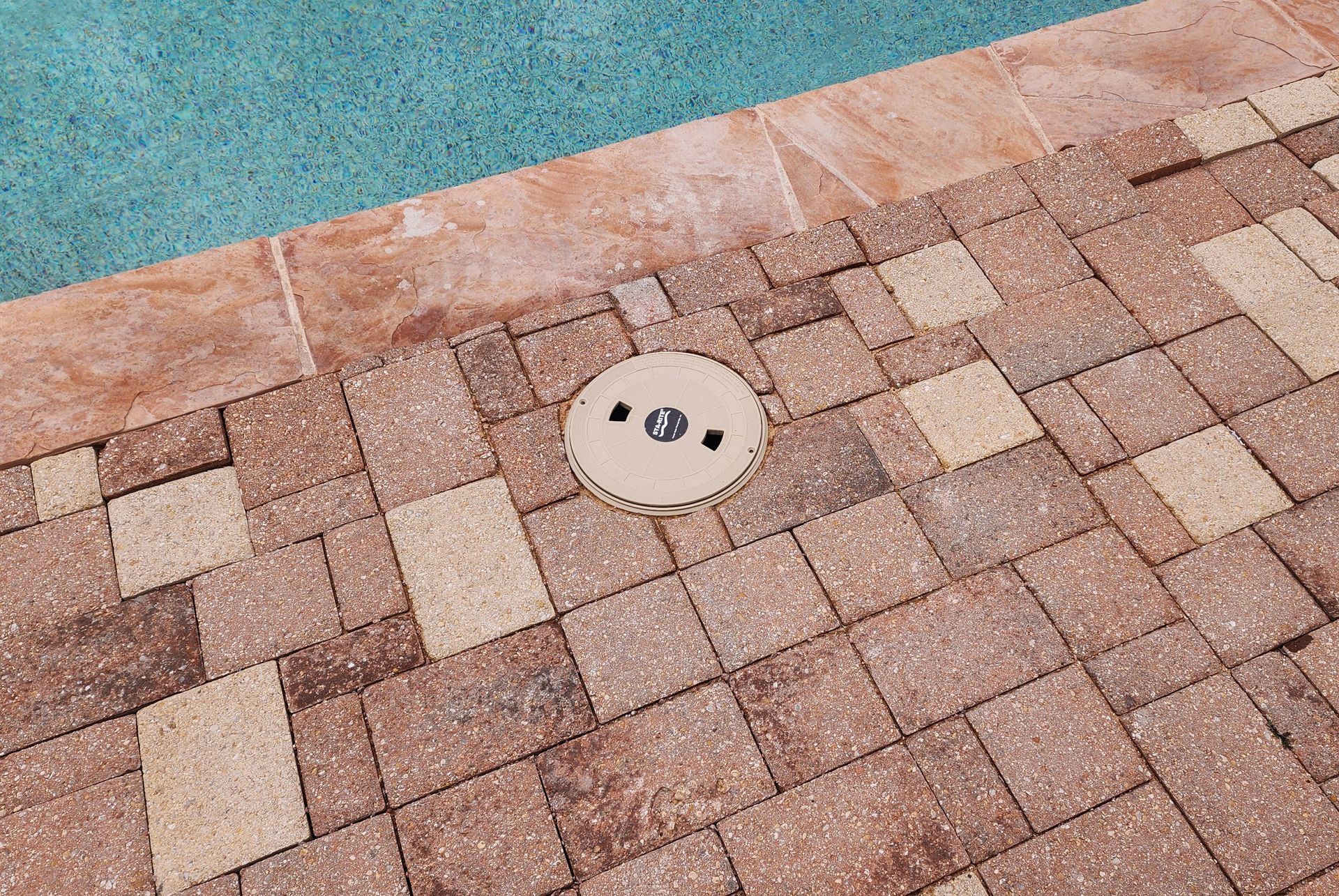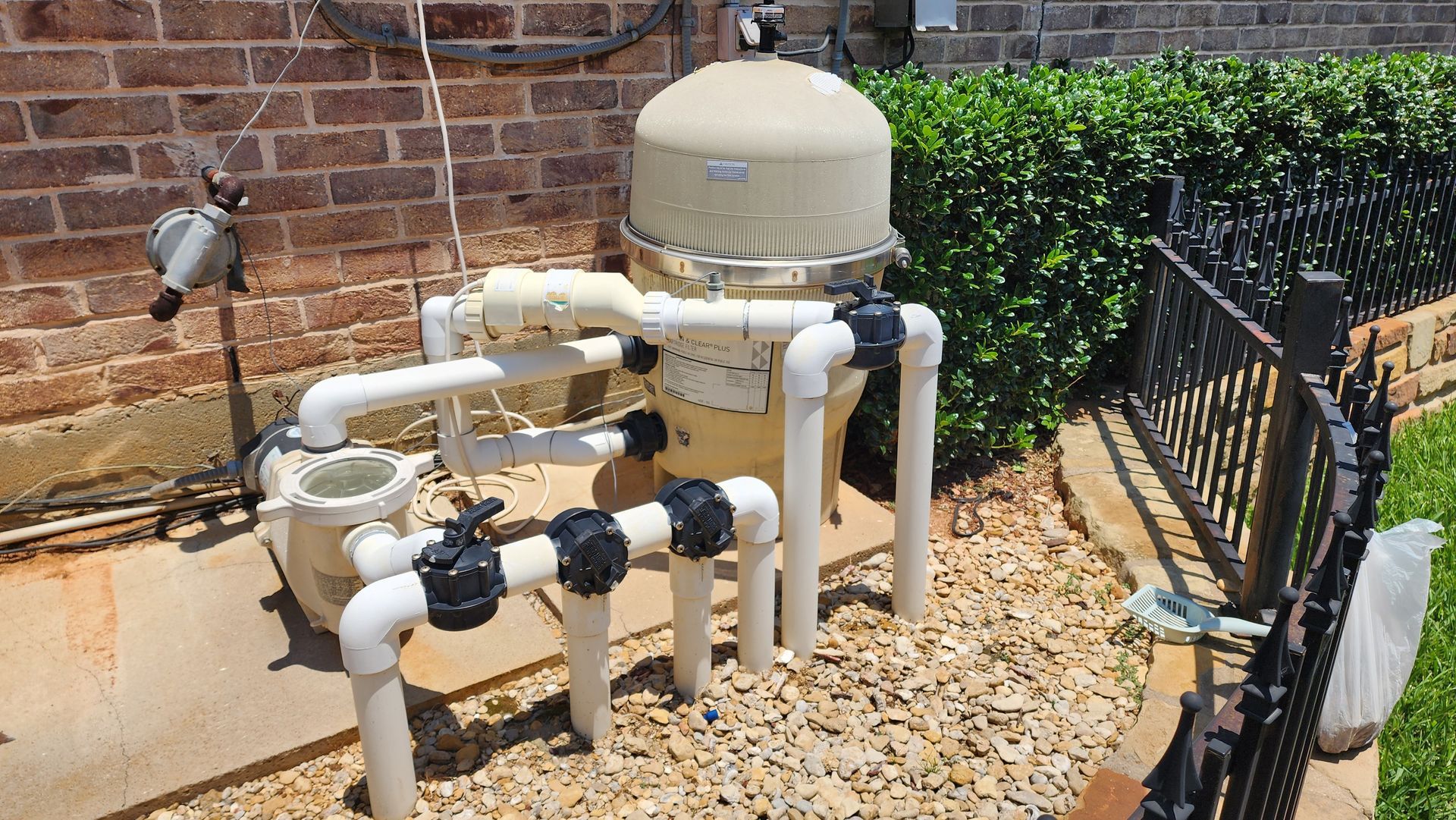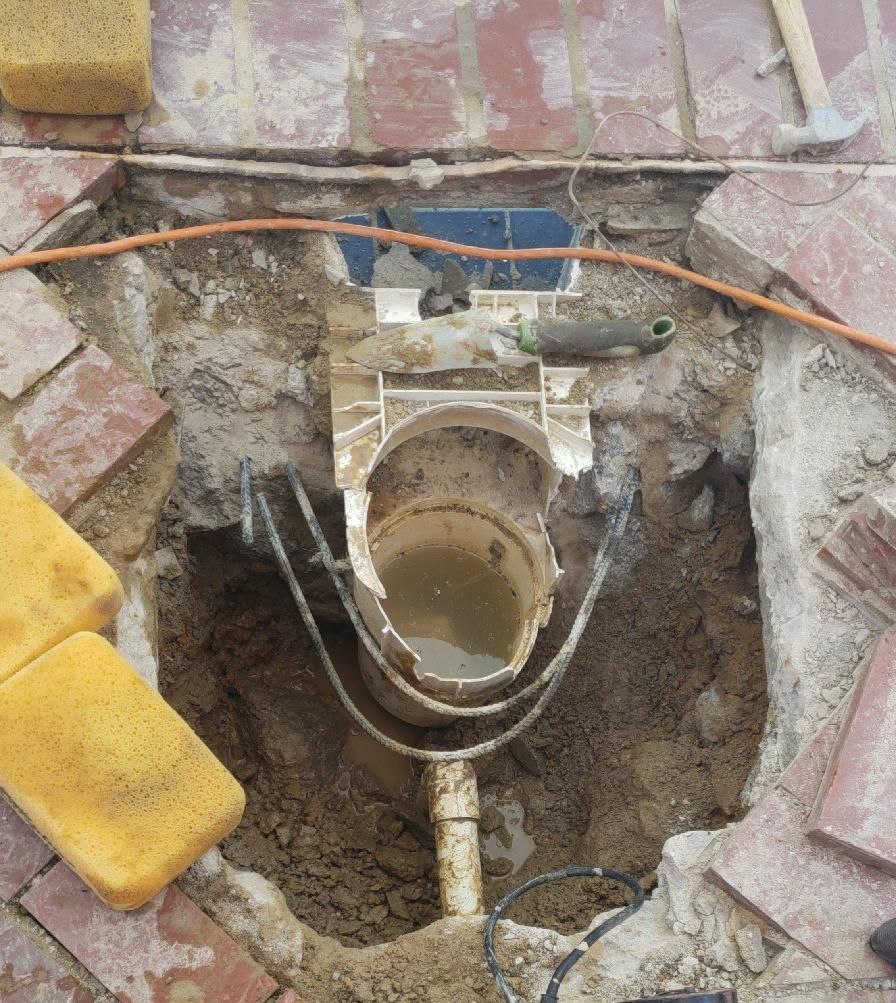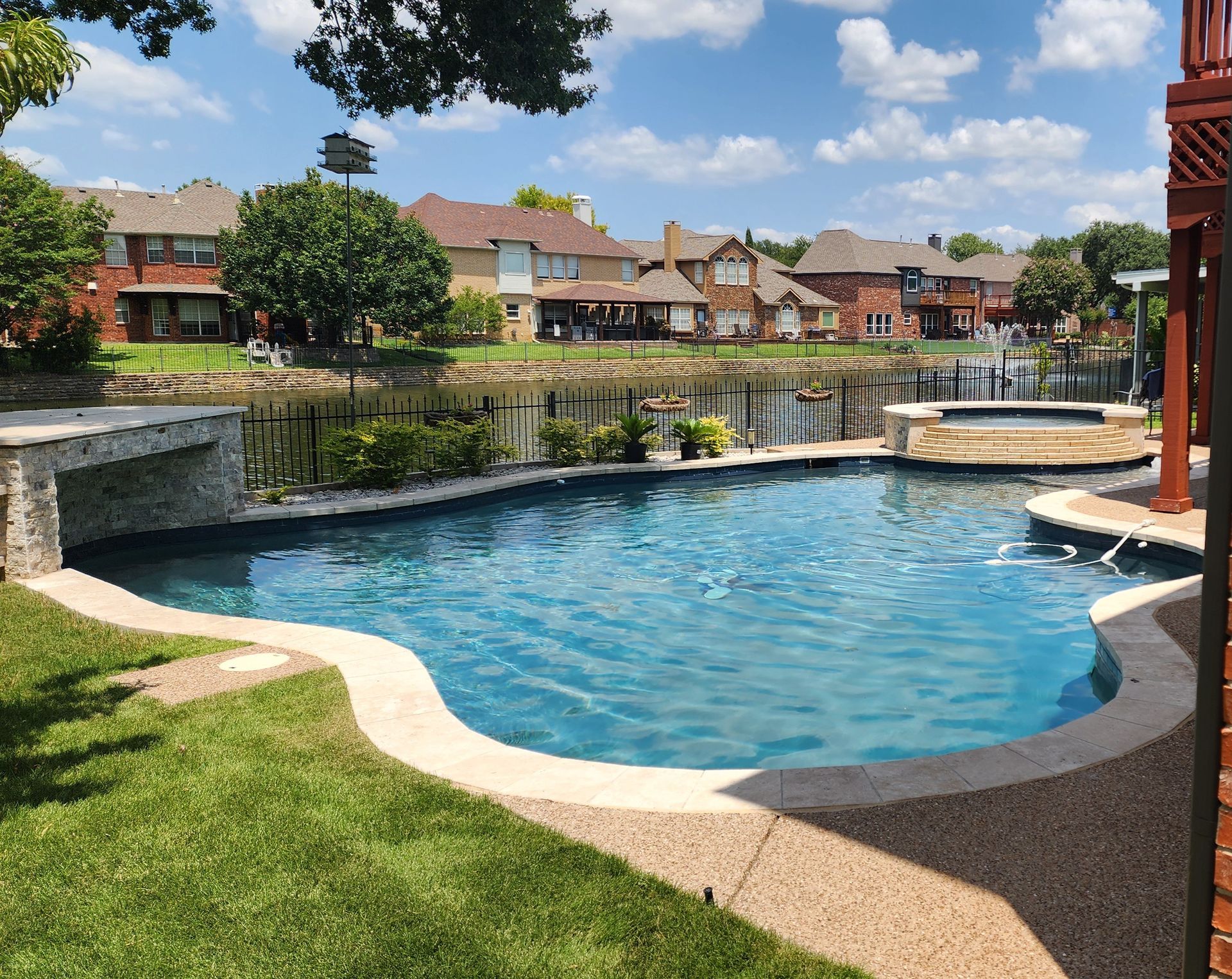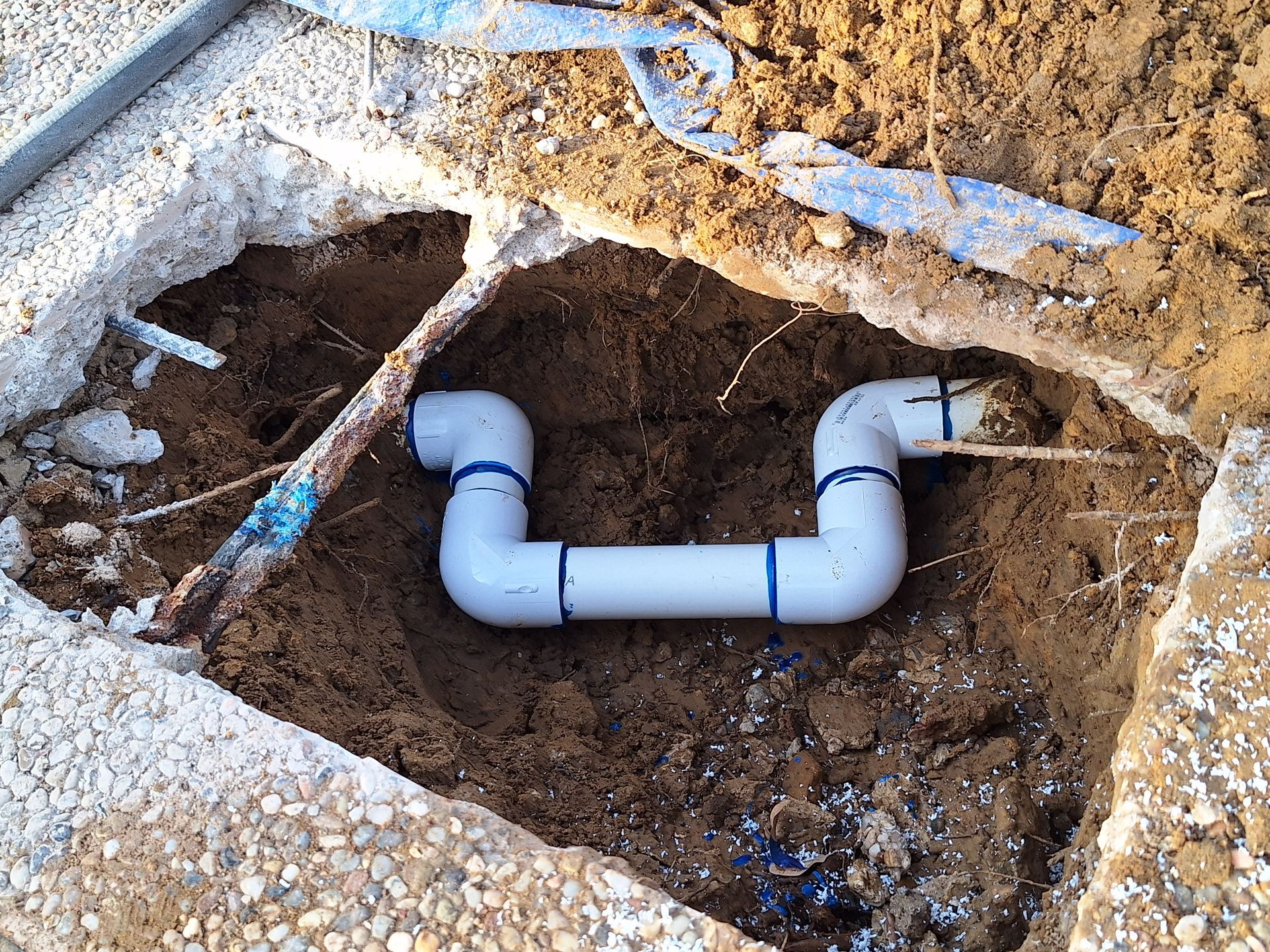Clogged line (leaves, toys, skimmer sock, etc.)
- The pump stays primed but moves very little water.
- The water level in the pump basket slowly draws down and sits low and “lazy,” with minimal turbulence.
- Flow at returns is weak but consistent (no violent surging).
- When you shut the pump off, the pump basket fills back up immediately—because the system didn’t actually move much water through due to the clog.
- Sound: steady hum working “hard,” not gurgling.
Broken/air‑leaking suction line (skimmer line, main drain, vac-line, or valves and fittings)
- Despite repeatedly filling the pump with water to begin, air is consistently drawn into the system; the pump repeatedly loses prime or “surges.”
- You’ll see a stream of bubbles enter under the clear pump lid; water level drops rapidly and rises erratically as suction builds, but then another pocket of air enters.
- Return jets spit air; you may see bubbles at the spa spillway or returns.
- Depending on the severity of the air leak, restart is stubborn until air is purged, smaller cracks and breaks can cause mini cavitations and an erratic pump operation, it can also manifest as an increased amount of air in the pump basket, yet stil operating near prime.
- Sound: Cyclical hollow, rattly, or “gravelly” cavitation as the impeller catches air, followed by the increasing hum the pump motor makes while attempting to reach prime again before more cavitation occurs repeating the sound of the full cavitation.
